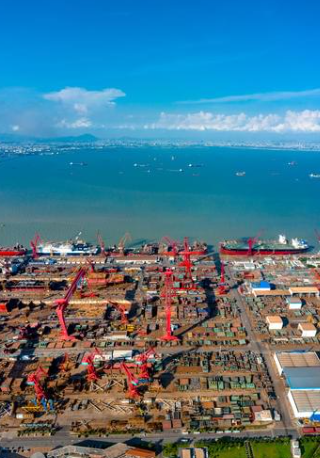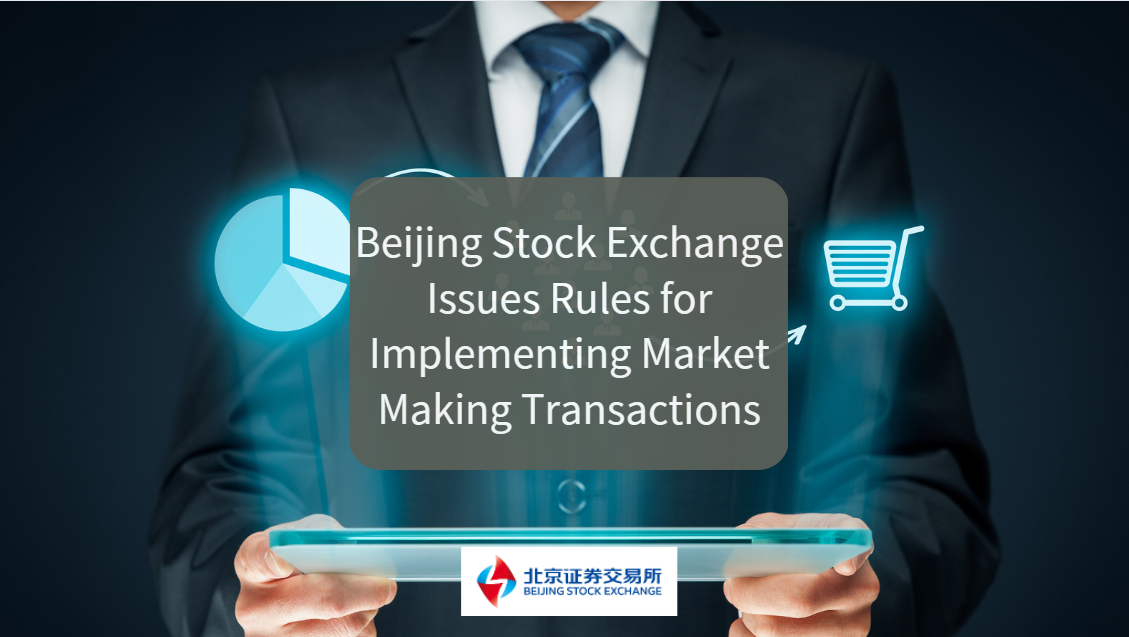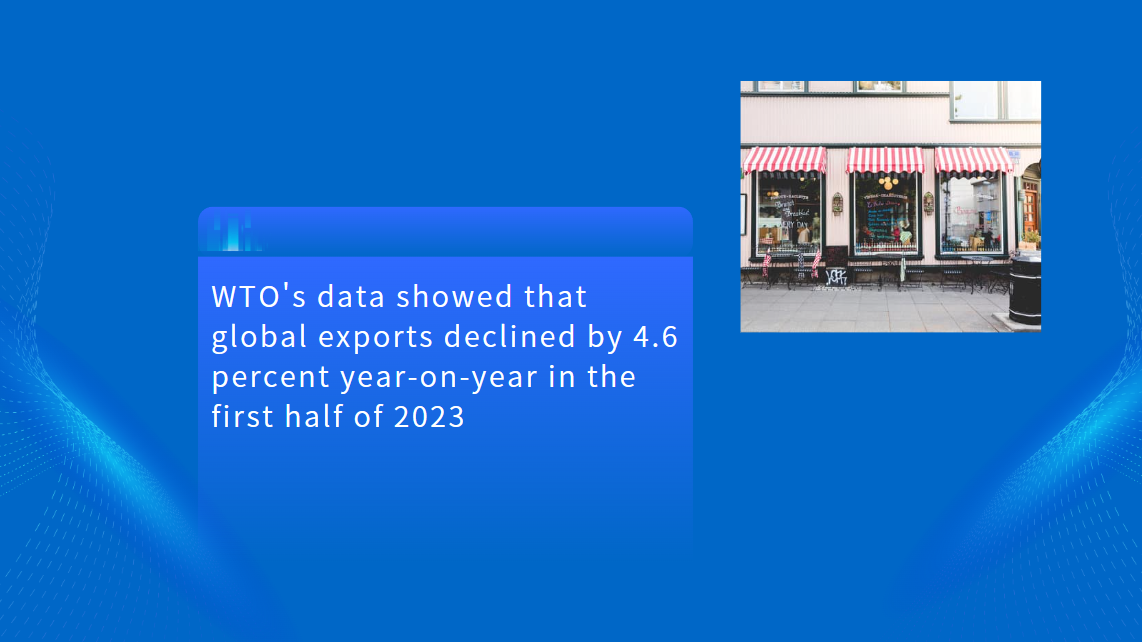Guangdong Free Trade Zone's Decade of Innovation: How Tech-Driven Reforms Are Reshaping Cross-Border Trade"
Marking its 10th anniversary in 2024, the Guangdong Free Trade Zone (FTZ) has emerged as a dynamic force in China's evolving trade landscape. With a total import and export volume reaching RMB 749.39 billion last year—up 25.6% year-on-year and accounting for 8.2% of Guangdong's total foreign trade—the zone is drawing renewed attention from international investors and logistics professionals navigating Asia-Pacific supply chains.
According to the Guangdong office of the General Administration of Customs, the FTZ's trade expansion contributed 1.8 percentage points to the province's overall foreign trade growth in 2024. Over the past decade, 68 customs regulatory innovations developed within the Guangdong FTZ have been replicated across the province, accounting for one-third of all scalable reform initiatives in Guangdong.
A Testbed for Regulatory Innovation
Guangdong's FTZ has served as a policy sandbox for China's broader reform agenda. Innovations span the entire trade lifecycle: from customs clearance facilitation and bonded logistics to cross-border e-commerce, processing trade, and inspection and quarantine protocols.
Customs official Liu Yang, Director of the Department for Free Trade Zones and Special Regions under the Guangdong Customs, notes that the FTZ has accelerated the circulation of cross-border factors and deepened regulatory alignment within the Greater Bay Area (GBA). “Our focus is on efficient factor mobility and high-quality development of major industrial platforms,” he said.
One of the most transformative logistics innovations has been the “One Port, Multiple Terminals” model linking international hub ports with feeder terminals across the GBA. This has reduced average cargo storage time from 5–7 days to less than two days, slashing logistics costs for businesses by over RMB 2.2 billion annually.

Shenzhen's Ma Wan Port: A Glimpse into the Future of Smart Trade
The Shenzhen Qianhai-Shekou subzone, home to Ma Wan Smart Port, is setting benchmarks for automation. Originally a traditional terminal, Ma Wan was redeveloped into China's first automated port and the GBA’s first green, low-carbon, 5G-enabled port.
The smart customs inspection system at Ma Wan, powered by the locally-developed DeepSeek large language model, integrates AI-driven robots for the intelligent inspection of hazardous chemicals and perishable goods such as fruit. “Compared to traditional operations, inspection time has been cut by 30% to 50%,” said Wang Yiduo, Deputy Section Chief for FTZ Development at Shenzhen Customs. The port handled 4.08 million TEUs in 2024, a 19.56% increase over the previous year.
These developments highlight the zone's role in piloting next-generation trade infrastructure—a theme likely to resonate with global logistics and customs officials seeking scalable, digitally integrated solutions.
Building Resilience Across Industrial Chains
In the Qianhai zone, the buildout of international trading centers for electronic components and integrated circuits, along with a public platform for wafer testing, has added layers of supply chain security in a period marked by global chip disruptions. In 2024, electronic components imports and exports from the Qianhai-Shekou subzone reached RMB 165.99 billion, up 34.1% year-on-year.
Another milestone was the establishment of China’s first bonded warehouse for offshore soybean spot trading, signaling Qianhai’s ambition to become a hub for bulk commodity trade. For global agribusiness players and commodity traders, this offers a new gateway to tap into onshore Chinese demand while maintaining offshore transaction flexibility.
Nansha' Cross-Border E-Commerce Boom
The Nansha subzone continues to spearhead reforms in cross-border e-commerce. Regulatory breakthroughs covering the entire transaction cycle—from declaration and identity verification to tax payment and returns—have attracted major e-commerce platforms. In 2024, bonded imports and exports in this category hit RMB 27.02 billion, growing 13% year-on-year and topping national rankings for the fifth consecutive year.
Nansha has also positioned itself as a niche aviation finance hub. Over 100 firms have set up operations to engage in bonded leasing of aircraft, with 172 aircraft imported via such structures since the zone's inception, amounting to over RMB 100 billion in value. This trend is likely to interest lessors, asset managers, and aviation advisory firms seeking alternatives to traditional offshore leasing jurisdictions.

A Platform with Regional Impact
Guangdong's FTZ is not only boosting local trade but also driving regional integration across Hong Kong, Macao, and mainland China. One notable reform is the upgrade of the “Cross-Border Single Lock” customs clearance system—now connecting three jurisdictions (“Three Regions, One Lock”) and covering 20 cities across Guangdong, Hunan, and Fujian. The system simplifies land transportation processes and enhances operational predictability for logistics providers.
On the food safety front, Guangdong Customs has pioneered a “Three Unities” regulatory model for seafood exports to Macao—aligning production standards, regulatory processes, and test results between the two jurisdictions. In 2024, 2,685 tons of seafood were exported to Macao under this framework, ensuring smoother customs processes and more reliable supply chains for perishable goods.





















































First, please LoginComment After ~